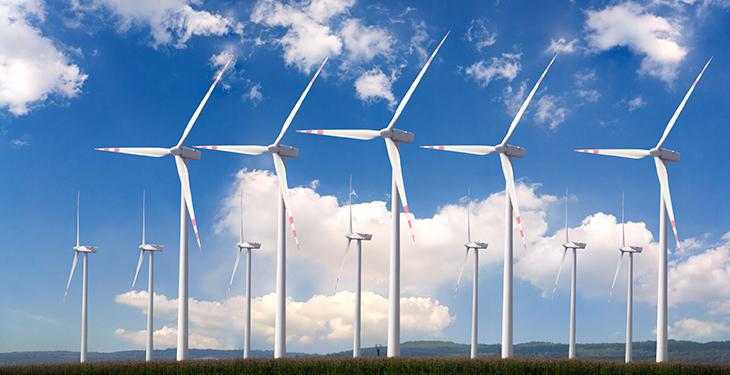The United States could generate 20% of its electricity from wind within 10 years, without requiring any additional land, according to Cornell University research published in Nature Scientific Reports.
“The United States currently produces about 7% of its electricity from wind energy,” said Sara Pryor, professor in the Department of Earth and Atmospheric Sciences. “This research shows that a quadrupling of the installed capacity of wind turbines from 2014 levels will allow us to attain the goal of 20% of electricity from the wind, without requiring additional land, or negative impacts on systemwide efficiency or local climates.”
Called the “20% Wind Scenario,” the NREL report noted that generating 20% of U.S. electricity from wind could eliminate approximately 825 million metric tons of carbon dioxide emissions in the electrical energy sector in 2030.
From 2016 to 2017, wind-generated electricity in the U.S. grew by 12% to 254 terawatt hours — then increased another 8.3% to 275 terawatt hours in 2018, the researchers said. In context, the U.S. currently uses approximately 310 to 320 terawatt hours of electricity each month — generated from coal, natural gas, nuclear and renewable energy power plants.
